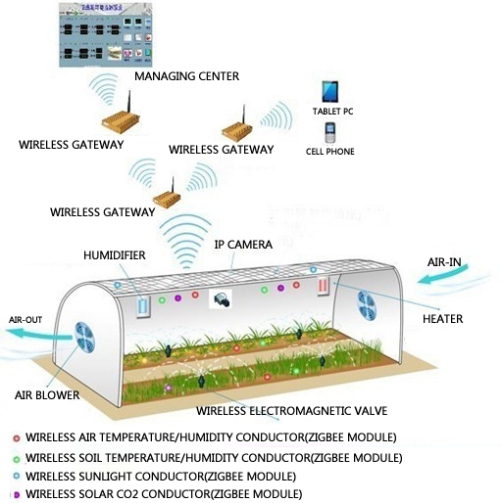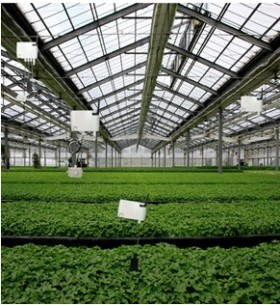The increasing tendency towards urbanization, derived from rural migration to the cities, is undoubtedly one of the most relevant processes of the twentieth century. In developing countries, this migratory process has been reinforced due to high birth rates which have resulted in an important increase in urban population growth.
Three of every four Latin Americans, which are more than 400 million people, live in cities. Some of the biggest cities in the world, such as Mexico City and Sao Paulo, are in Latin America. We live in what can truly be considered as mutant, chaotic and complex organisms. We also live in a part of the world which fights to emerge from a situation of underdevelopment and which has achieved great progress in the past decades. However, it still faces significant problems of marginalization and poverty.
Latin Americans yearn to live better. We understand progress as an increasing demand in standards of quality of life and the configuration of an environment of guaranteed essential securities.
What could have appeared to be a “perfect storm” (demographic changes in an environment of subjacent poverty which made living conditions in the city for a significant part of the Latin American population unviable), is today a reality which is only just beginning to change.
A fundamental part of this change is associated with information technologies. The implementation of these solutions based on the intelligent management of information has resulted in many improvements in our urban habitats: the security in our cities has increased, public transport is more pleasant and efficient, health benefits have a higher quality and coverage, education is facing new challenges, and democracy itself is gaining legitimacy thanks to greater transparency and the involvement of citizens in a deliberative process.
However, there’s no doubt that the challenges are greater than the advancements that have been made.
The realities are heterogeneous and not every city advances in the same way. But the hundreds of success cases of objective progression in our region indicate that the answer to that shared longing for a better living is building increasingly smarter cities.
It is becoming clearer that technological development is what spurs transformation in today’s tech era. However, technology alone does not guarantee a higher quality of life. Technology is and has always been a powerful tool to build realities, to speed up and improve productive, scientific, educational and social processes; but above all it is an instrument which requires a long-term strategic vision to be used to its full advantage.
We are seeing the decisive impact that technology is having in everyday life. In the day to day of a city as the densely populated urban areas that they are, the digitalization of daily life is transforming cities from the past into digital cities.
Building digital cities is a citizens’ process carried out by them for themselves. Digital cities aren’t a software which can be installed or a solution which an authority decides to implement. A digital city is a continuous learning process, where technologies, abilities, leaderships, volition, and above all, the dreams of every citizen are combined. In the same way that human beings never stop learning, cities can only become more or less intelligent. “The” intelligent city doesn’t exist.
A digital city can only be built when variables such as political will, long-term vision, public-private partnerships, investment in telecommunication infrastructures, technological innovation, applications which deliver digital services of the city to its inhabitants, training in digital skills and a lot of citizen involvement converge together.
This is why a digital city is only possible when there is a digital ecosystem which supports it. This digital ecosystem’s first building block is telecommunications. Without a telecommunications network it is impossible to advance in a digital city project. As time passes, the effective, inclusive and innovative use we give these networks at the service of the citizens will be just as important.
The construction of interoperable and ideally open information systems based on sensors, data transport networks and aggregation mechanisms, information analysis, citizen service platforms, among other technological components are an essential and fundamental part of the construction of an intelligent city. Although technology is a necessary condition, relying only on that is not enough. The citizens are the ones who give life to this ecosystem, and they are the ones who should take technology into their own hands, by using it, valuing it and enjoying it.
Building the future in the present means turning into reality the ethics of networks, sharing and learning from others experiences. We are driving the formation of an alliance between South American smart cities, so that the cooperation and sharing of good practices is a permanent experience. In this same context, other telecommunication companies and digital services alongside Telefónica are supporting the creation of intelligent cities by advising local governments in the construction of their digital agendas and demonstrating the social and economic value they offer a city which systematically incorporates advanced technological systems.
We strongly believe in public-private partnerships as an important development axis. We have the vocation and compromise, as the telecommunications industry, to drive the development of content, applications and services for the digital ecosystem and to support with great emphasis the municipalities who have the idea of improving the lives of their citizens through the intense, efficient and sustainable use of information and communication technologies.
Our challenge is to improve the quality of life of 400 million Latin Americans who live in cities. We will only be able to rise to the challenge as soon as we’re capable of creating a partnership between national and local governments, telecommunication and digital services companies, in an environment which favors innovation, entrepreneurship and investment and stimulates the active involvement of citizens in building a better standard of life for us all.



